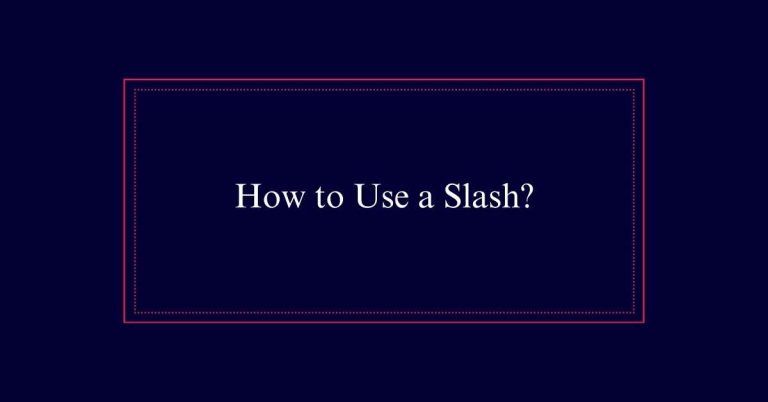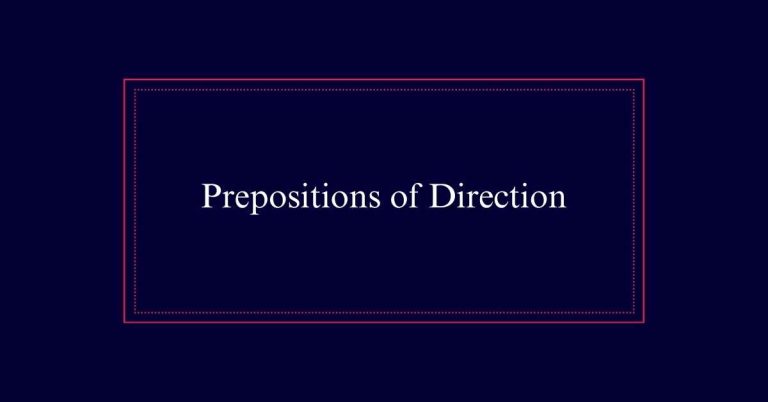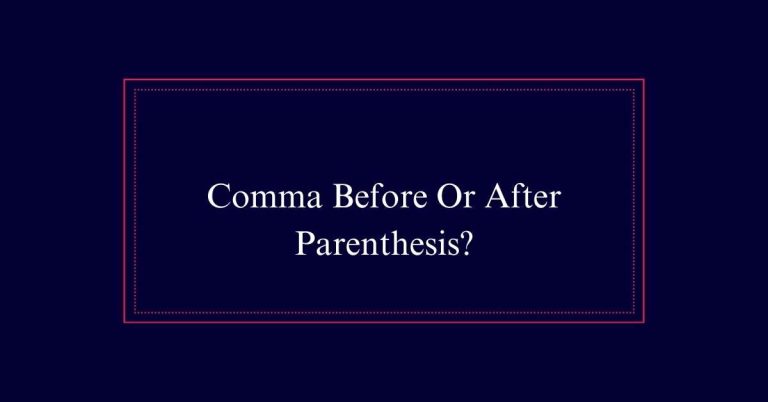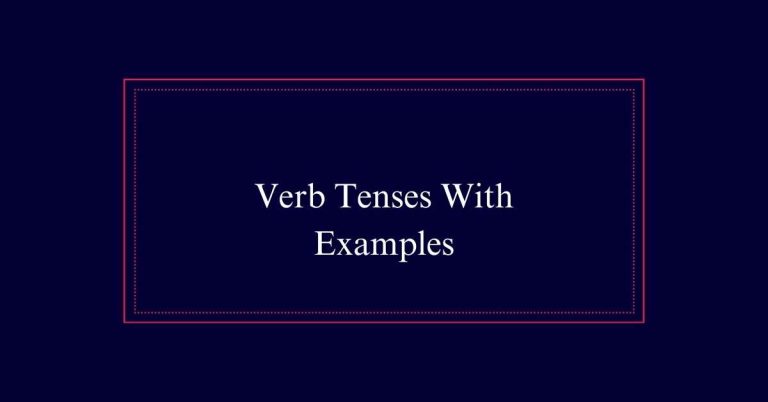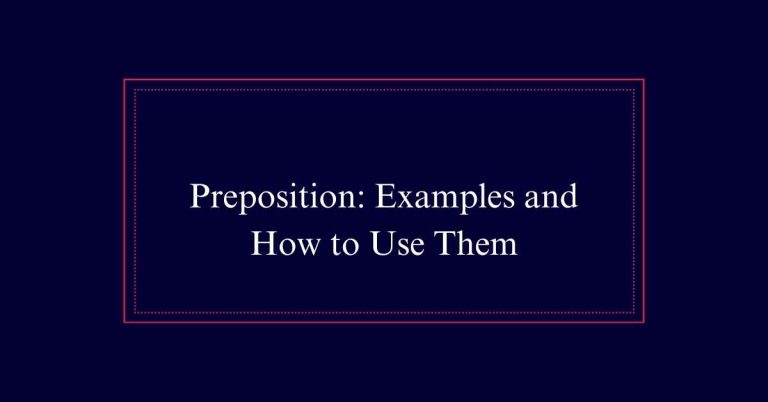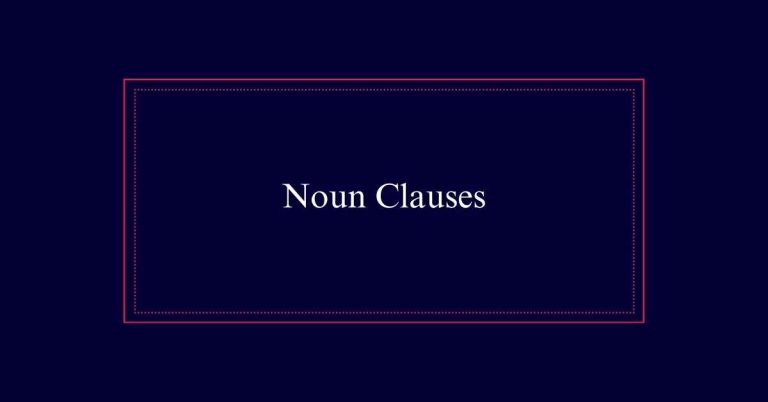What Is the Simple Subject in Grammar?
A simple subject in grammar is the core noun or pronoun that performs the action or is described in a sentence. It is stripped of any modifiers to focus on the primary noun, ensuring subject-verb agreement. Simple subjects can be proper nouns, compound nouns, pronouns, gerunds, or infinitives. Identifying the simple subject in a sentence is vital for understanding its structure and meaning. Examples include ‘marathons,’ ‘John,’ or ‘it.’
Definition of Simple Subject
A simple subject is the core noun or pronoun that performs the action or is described in a sentence, stripped of any modifiers. It is the fundamental element that dictates the verb’s form and guarantees proper subject-verb agreement.
Unlike the complete subject, which includes all descriptive words and modifiers, the simple subject focuses solely on the primary noun. For instance, in the sentence ‘The quick brown fox jumps over the lazy dog,’ the simple subject is ‘fox.’
Identifying the simple subject is important for understanding sentence structure and ensuring grammatical accuracy. By eliminating articles, adjectives, and other modifiers, one can isolate the simple subject, making it easier to construct clear and grammatically correct sentences.
Examples of Simple Subjects
Understanding the concept of a simple subject becomes clearer by examining various examples that illustrate its application in different types of sentences.
For instance, in the sentence ‘Marathons were named the best way to exercise,’ the simple subject is ‘marathons.’
When using a proper noun, as in ‘The Boston Marathon was named the best way to exercise,’ the simple subject is ‘Marathon.’
Pronouns can also serve as simple subjects, such as ‘It was named the best way to exercise,’ where ‘it’ is the simple subject.
Additionally, gerunds and infinitives can function as simple subjects, demonstrated in ‘Running was named the best way to exercise’ and ‘To run a marathon was named the best way to exercise,’ respectively.
Proper and Compound Nouns
Proper nouns and compound nouns can both serve as simple subjects in a variety of sentences. Proper nouns, such as ‘John’ or ‘Paris,’ refer to specific names of people, places, or entities and act as simple subjects by clearly identifying the focus of the sentence.
Compound nouns, such as ‘toothbrush’ or ‘mother-in-law,’ consist of two or more words combined to form a single noun and can also serve as simple subjects. For example, in the sentence ‘The Eiffel Tower attracts millions of tourists,’ ‘Eiffel Tower’ is a proper noun acting as the simple subject. Similarly, in ‘A firefly illuminates the night,’ ‘firefly’ is a compound noun serving as the simple subject.
Both types provide clarity and specificity in sentence construction.
Compound Sentences
Compound sentences, which consist of two or more independent clauses joined by a coordinating conjunction, often feature multiple simple subjects. For example, in the sentence ‘The dog barked, and the cat hissed,’ both ‘dog’ and ‘cat’ serve as simple subjects for their respective clauses.
Each independent clause has its own subject and verb, maintaining grammatical integrity while being joined by words like ‘and,’ ‘but,’ or ‘or.’ Identifying the simple subjects in compound sentences involves examining each clause independently. This structure allows for more complex and nuanced expression while ensuring that each subject-verb pair remains clear.
Understanding compound sentences is essential for mastering subject-verb agreement and overall sentence construction.
Imperative Sentences
In imperative sentences, the subject is typically implied rather than explicitly stated. These types of sentences often issue commands, requests, or instructions. The implied subject in these sentences is ‘you,’ understood by the context.
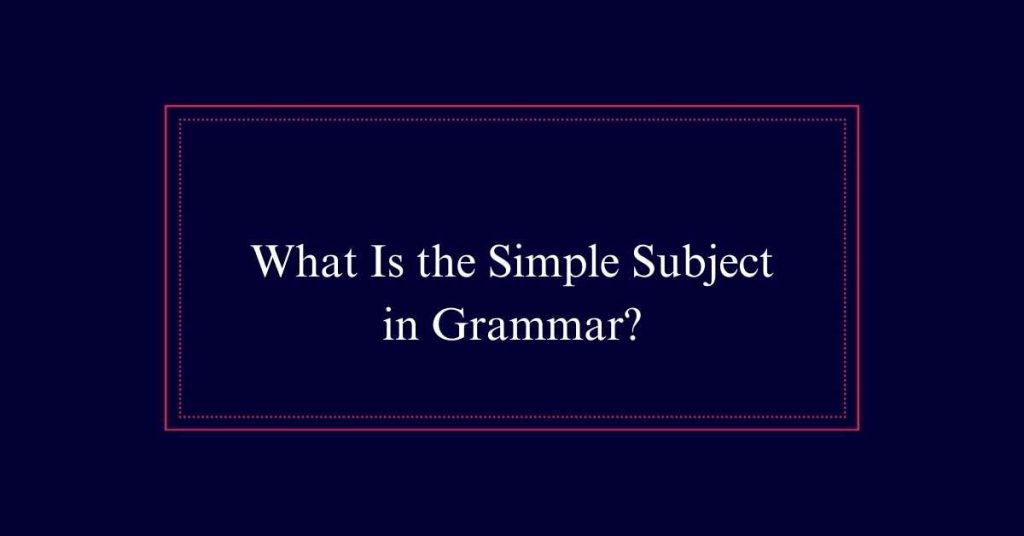
For example, in the sentence ‘Close the door,’ the subject is not directly mentioned, but it is understood to be ‘you.’ This implicit subject is vital for understanding the sentence’s intent and directing the action toward the listener.
Imperative sentences are unique because they omit the simple subject, yet the sentence remains grammatically correct and comprehensible. Recognizing the implied subject is essential for accurately interpreting and constructing imperative sentences in both written and spoken English.
Simple Vs. Complete Subject
The simple subject is the core noun that performs the action in a sentence, while the complete subject includes all the words that accompany and describe it. For instance, in the sentence ‘The old car on the street needs repairs,’ the simple subject is ‘car,’ whereas the complete subject is ‘The old car on the street.’ Understanding the distinction between them is essential for clarity in writing and comprehension. Below is a table illustrating the difference:
| Sentence | Simple Subject | Complete Subject |
|---|---|---|
| The playful dog in the yard barks loudly. | dog | The playful dog in the yard |
| A group of students from the university attended. | group | A group of students from the university |
| Her bright red shoes with high heels are stunning. | shoes | Her bright red shoes with high heels |
| The enormous oak tree near the lake fell. | tree | The enormous oak tree near the lake |
Subject-Verb Agreement
Ensuring proper subject-verb agreement is essential for maintaining grammatical accuracy in sentences. The verb must correspond in number with the simple subject. Singular subjects require singular verbs, while plural subjects necessitate plural verbs. This principle holds true regardless of intervening words or phrases.
Key points to remember:
- Singular subjects take singular verbs (e.g., ‘The cat runs’).
- Plural subjects take plural verbs (e.g., ‘The cats run’).
- Compound subjects joined by ‘and’ typically take plural verbs (e.g., ‘Tom and Jerry are friends’).
- Subjects joined by ‘or’ or ‘nor’ take a verb that agrees with the nearest subject (e.g., ‘Neither the teacher nor the students are present‘).
- Collective nouns may take singular or plural verbs based on context (e.g., ‘The team is winning’ vs. ‘The team are arguing’).
Identifying the Simple Subject
Identifying the simple subject in a sentence requires isolating the core noun that performs the action or is described, excluding any modifiers or additional details.
To achieve this, eliminate articles, adjectives, prepositional phrases, relative clauses, possessive nouns, participial phrases, and appositives.
For instance, in the sentence ‘The old statue in town that overlooks the square appears scary at night,’ the simple subject is ‘statue.’
By focusing on the essential noun, one can easily distinguish the simple subject from the complete subject, which includes all descriptive words.
This approach simplifies understanding sentence structure and aids in ensuring proper subject-verb agreement, as the simple subject dictates the verb form.
Common Challenges
Understanding the intricacies of identifying simple subjects often presents common challenges, particularly when sentences are laden with modifiers and additional phrases. These complexities can obscure the core noun, leading to confusion.
Key challenges include:
- Misidentifying modifiers: Adjectives and descriptive phrases may be mistaken for part of the subject.
- Complex sentences: Long sentences with multiple clauses can obscure the simple subject.
- Prepositional phrases: These often mislead readers to include extra words in the subject.
- Relative clauses: Clauses beginning with “who,” “which,” or “that” add complexity.
- Appositives: Noun phrases that rename the subject can confuse identification.
Various Examples
Examining various examples can illuminate the process of pinpointing the simple subject amidst more complex sentence structures.
For instance, in the sentence ‘The quick brown fox jumps over the lazy dog,’ the simple subject is ‘fox.’
In ‘My brother’s friend helps him with homework,’ the simple subject is ‘friend.’
Proper nouns also serve as simple subjects, as in ‘Einstein developed the theory of relativity,’ where ‘Einstein’ is the simple subject.
Pronouns can be simple subjects too, such as ‘She runs every morning,’ where ‘She’ is the simple subject.
Even gerunds and infinitives can function as simple subjects, like ‘Running is enjoyable’ (simple subject “Running”) and ‘To read is enlightening’ (simple subject “To read”).
Frequently Asked Questions
Can a Simple Subject Ever Be a Phrase?
No, a simple subject cannot be a phrase. It is always a single noun or pronoun that functions as the subject of the sentence, devoid of any additional descriptive or modifying words.
Do All Sentences Have a Simple Subject?
Yes, all sentences contain a simple subject, which is the core noun or pronoun performing the action or being described. Even in imperative sentences, the simple subject is often implied, typically understood as “you.”
How Do Simple Subjects Function in Passive Voice Sentences?
In passive voice sentences, simple subjects receive the action rather than performing it. For example, in “The cake was eaten by the child,” the simple subject “cake” is the recipient of the action.
Are Simple Subjects Always Nouns?
No, simple subjects are not always nouns. They can also be pronouns, gerunds, or infinitives. For example, in “Running is fun,” the gerund “running” acts as the simple subject.
What Role Do Pronouns Play as Simple Subjects?
Pronouns can function as simple subjects in sentences, replacing nouns to avoid repetition. For instance, in “She runs daily,” the pronoun “She” serves as the simple subject, performing the action described by the verb.


